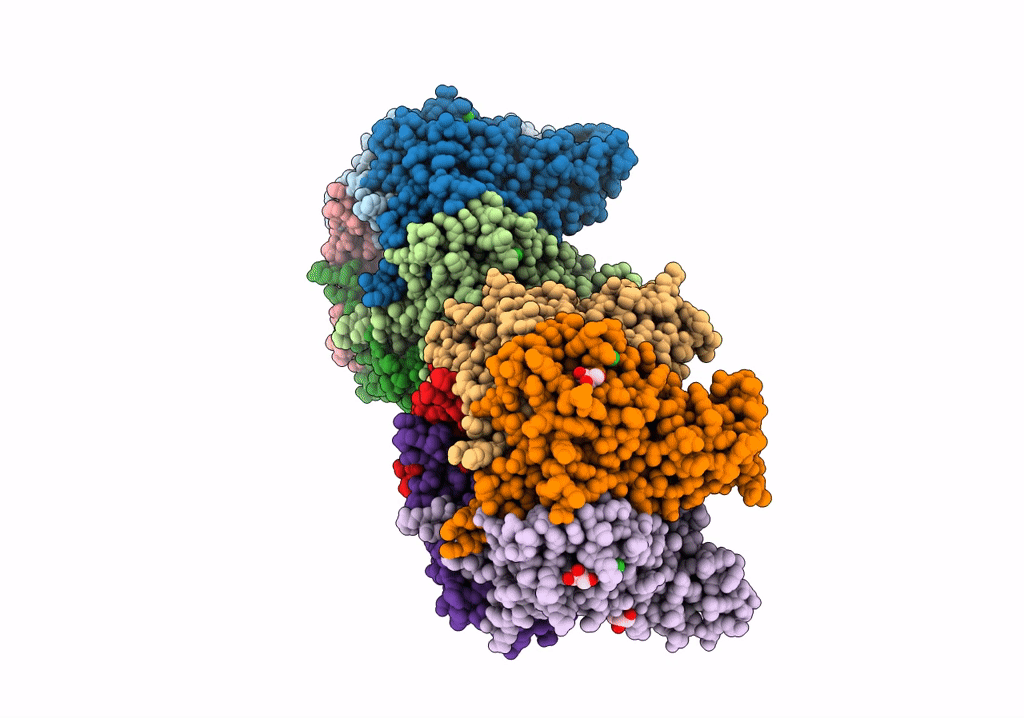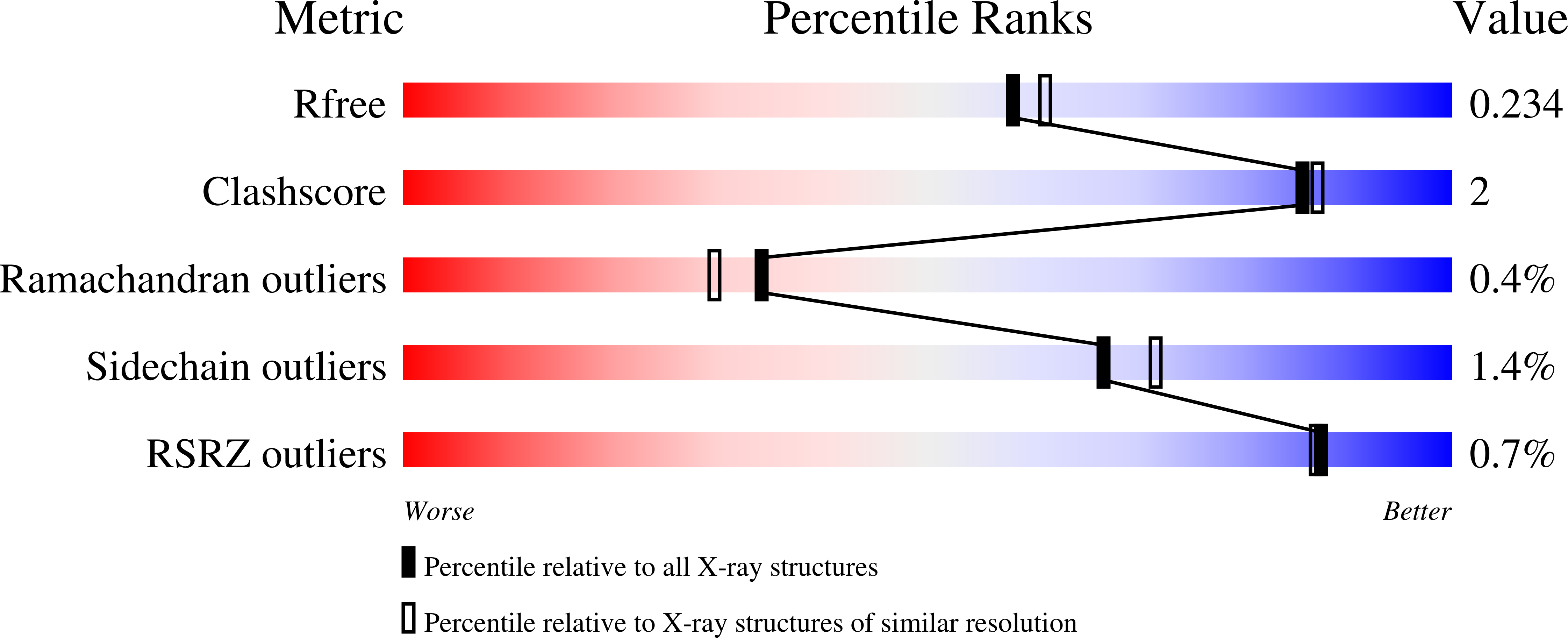
Deposition Date
2022-07-20
Release Date
2023-02-22
Last Version Date
2024-02-07
Entry Detail
Biological Source:
Source Organism:
Betapolyomavirus hominis (Taxon ID: 1891762)
Host Organism:
Method Details:
Experimental Method:
Resolution:
2.01 Å
R-Value Free:
0.23
R-Value Work:
0.18
Space Group:
P 1 21 1


